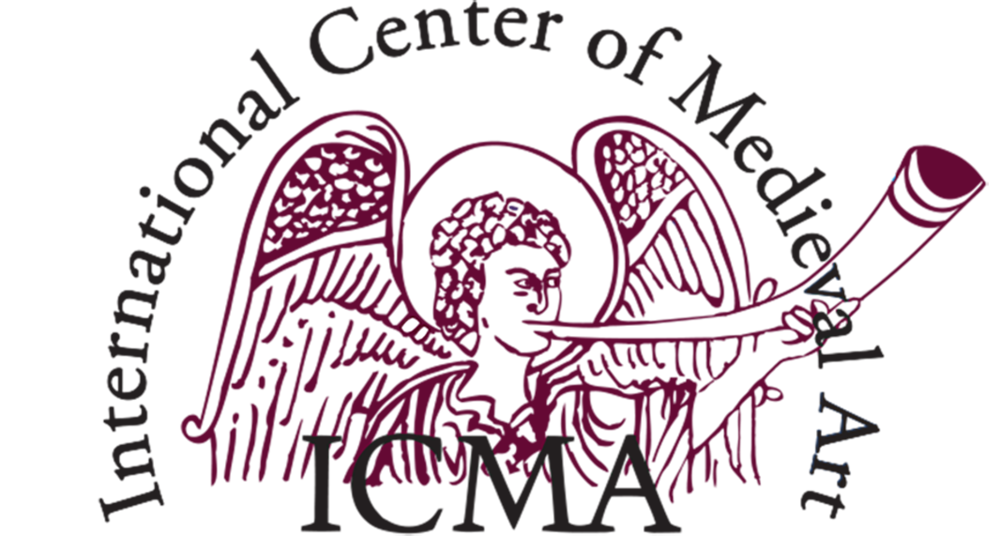XIII COLLOQUIUM ARS MEDIAEVALIS 2023
SECULAR KNOWLEDGE IN MEDIEVAL ART
SABERES SECULARES EN EL ARTE MEDIEVAL
6-8 OCTOBER 2023
AGUILAR DE CAMPOO, SPAIN
DIRECCIÓN: GERARDO BOTO VARELA – ALEJANDRO GARCÍA AVILÉS – HERBERT L. KESSLER
A substantial part of the scientific knowledge developed in the Middle Ages was inherited from Roman (in Western Europe) and Greek (in the Byzantine and Islamic domains) culture. However, new cognitive procedures were also developed in medieval societies, among them some related to vision, astronomy or zoology. Knowledge of the secular world was translated and codified in the three domains of the Middle Ages (Latin, Greek and Arabic) through complex and varied visual devices. These ingenious images allow us to understand how the procedures of thought and memory were established. With these iconic creations, the most dynamic cultural centres sought to provide themselves with didactic and mnemonic tools to say, think or remember the universe, earthly creatures or celestial realities more efficiently. Both the European continent and the Mediterranean shores witnessed the fluid communication between different domains in order to advance in the knowledge of the created and populated space, translating, codifying or reinterpreting what others had proposed before, or else enlightening new formulas and channels to solve the questions of people who intensified their self-awareness.
Una parte sustantiva del conocimiento científico cultivado en la Edad Media fue heredado desde la cultura romana (en la Europa occidental) y griega (en los dominios bizantino e islámico). Sin embargo, en las sociedades medievales también se desarrollaron procedimientos cognitivos nuevos, entre ellos algunos referidos a la visión, la astronomía o la zoología. El conocimiento del mundo secular se tradujo y codificó en los tres dominios de la Edad Media (latino, griego y árabe) a través de complejos y variados dispositivos visuales. Esas ingeniosas imágenes nos permiten comprender cómo se establecían los procedimientos de pensamiento y memoria. Con esas creaciones icónicas los centros culturales más dinámicos procuraron proveerse de herramientas didácticas y mnemotécnicas para decir, pensar o recordar de modo más eficiente el universo, las criaturas terrenales o las realidades celestes. Tanto el continente europeo como las riberas mediterráneas fueron testigos de la fluida comunicación entre dominios diferentes para avanzar en el conocimiento del espacio creado y poblado, traduciendo, codificando o reinterpretando lo que otros habían propuesto antes, o bien alumbrando nuevas fórmulas y cauces para resolver interrogantes de unas personas que intensificaron su conciencia de sí mismas.
PROGRAMA
VIERNES, 6 DE OCTUBRE (AGUILAR DE CAMPOO: SEDE FUNDACIÓN STA. M" LA REAL)
Presidencia de sesión: Alejandro García Avilés (Universidad de Murcia) 08.45 h.: Recepción de asistentes
09.15 h.: Presentación e inauguración del Coloquio
09.30 h.: Kathrin MUUer (Humboldt-Universitat, Berlin): Fundamental Knowledge. Personificotions of the artes liberales on High Medieval Liturgicol Objects
10.15 h.: Licia Butta (Universitat Rovira i Virgili): Lo danzo en los trotados morales y de cortesía y su visualización en el relato poético narrativo en lo Edad Medio
11.00 h.: Debate
11.30 h.: Pausa-café
12.0 0 h.: Comunicación/Free paper
12.20 h: Martín Schwarz (Universitat Basel): The Crucifixion Eclipse ond the /lluminotion of Philosophy in the Vie de Saint Oenis (BnF, fr. 2090)
13.05 h: Debate
Sesión de tarde (Aguilar de Campoo: Sede Fundación Sta. M" la Real) Presidencia de sesión: M1 Teresa López de Guereño (Universidad Autónoma de Madrid)
15.30 h.: Laura Fernández Fernández (Universidad Complutense de Madrid): Entre fábulas y estrellas errantes. Lo luna en el imaginario alfonsí 16.15 h.: Comunicación/Free paper
16.35 h.: Debate
17.15 h.: Visita al monasterio de Santa María la Real
SÁBADO, 7 DE OCTUBRE (SALDAÑA. VILLA ROMANA LA OLMEDA)
Presidencia de sesión: Susana Clavo Capilla (Universidad Complutense de Madrid)
09.15 h: Desplazamiento en autobús a la villa romana La Olmeda
10.30 h.: Anna Caiozzo (Université d'Orleans): Entre images scientifiques, merveilles (terrestres) de la Créatian et imaginaires religieux
11.15 h.: Comunicación/Free paper
11.35 h.: Comunicación/Free paper
11.55 h.: Debate
12.30 h.: Visita a la villa romana La Olmeda
14.00 h.: Comida (a cargo de la organización)
16.00 h.: Visita al arte medieval de Cisneros
DOMINGO, 8 DE OCTUBRE (AGUILAR DE CAMPOO: MONASTERIO STA. M" LA REAL)
Presidencia de Sesión : Fernando Gutiérrez Baños (Universidad de Valladolid)
09.30 h.: Marius Hauknes (University of Notre Dame): Representing the Origins of Human Knowledge
10.15 h.: Hanna Wimmer (Universitat Hamburg): Visualising Lagic in the MiddleAges
11.00 h.: Debate
11.30 h.: Descanso
12.00 h.: Rosa Rodríguez Porto (Universidad de Santiago de Compostela): lncidentiae: Tiempo, espacio y sincronía en la historiografía medieval
12.45 h.: Debate
13.00 h: Conclusiones y perspectivas
13.15 h.: Clausura y entrega de certificados
For more information, click here.

